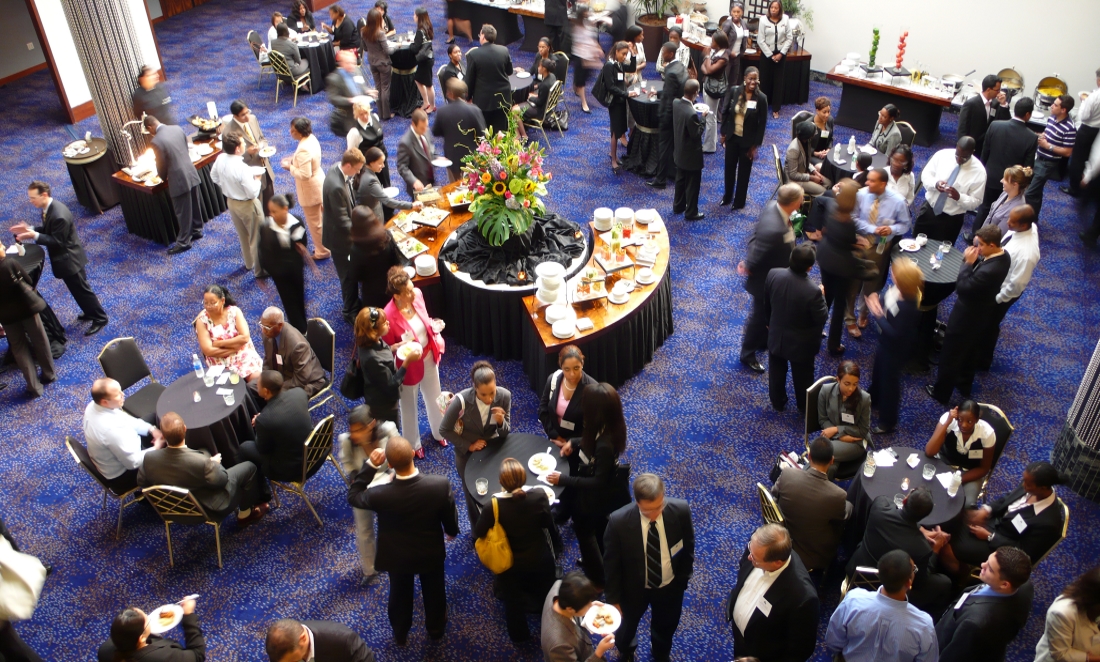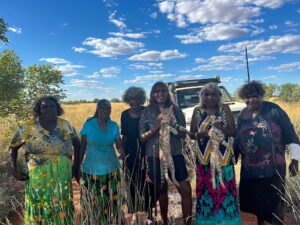With an ever-evolving workforce, what can you do to future-proof your career? We chatted to Associate Professor Julia Richardson from Curtin University’s School of Management to get some of her top tips.
Take responsibility
It’s important to remember that you’re in charge of driving your career. “You have to think about seeing yourself as self-employed,” says Julia.
“Organisations are often very good at saying ‘We’re going to take care of you’, but the reality is that’s just not possible in today’s economy,” she says. “If there’s an economic downturn, they just may not have any choice in the matter.”

Review yourself
Hit yourself up with the hard questions: How are things going with your career? How would you like them to be going? Are you falling behind in your skillset? Does your entire network come from the same office?
“Be honest,” says Julia. “Have a very clear understanding of where you are now and what you want to do. And why. Once you’ve taken stock, then you say ‘Right, what am I going to do about it?’”
Think about what skills you might need to achieve your needs, then find out how to get them. Also, think about how to extend your personal and professional networks, Julia advises.
Develop diversity
It’s easy to hang out with people who think and act the same as you. But networking with a broader range of people can lead to broader opportunities, Julia says. “If you’re going to be changing jobs, you cannot rely on a single network.”
It’s not just ‘being known’ that matters. How you are known is vitally important.
“It’s about trying to be a good person and being known as a good person.”
So next time you’re working the room, think farming, not hunting, Julia says. “With hunting, it’s go out and spear as much as you can, but with farming, you have to prepare the land, plant the seeds, water the seeds, it’s an ongoing thing. It’s exactly the same with professional and social networking.”
Develop agility
Research suggests new graduates will swap jobs more than 17 times in their career. Could you do the same? To stay employable, you need to stay agile.
Agility is about being flexible, Julia says. “It’s about updating yourself, being able to change, being aware of where your skills could be transferred to.”
Developing agility is a win for your employer too. “You’ve taken responsibility for your career, you’re well networked, you’ve got updated skills, you’re motivated,” Julia says.

“We talk a lot about ensuring you’re employed, but the best strategy is to ensure that you’re employable.”
And being employable also means you can choose to move.
Know yourself
If you’re already established in your career, even better. All that experience means you have a greater understanding of yourself. “Have an awareness of who you are, what you like and what you don’t like,” says Julia.
So, write yourself a map and jump into the driving seat. Your future starts now.











